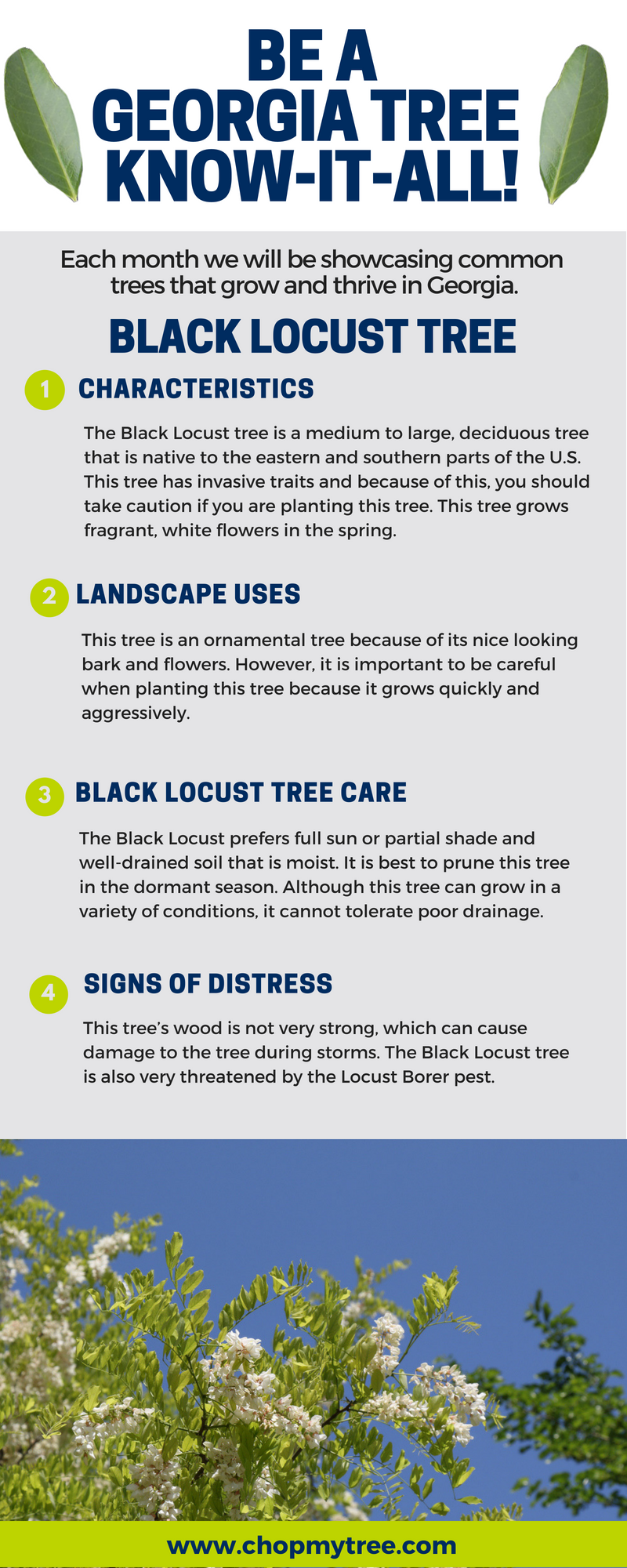Look For Essential Indicators That Indicate Your Tree Might Be A Danger; Recognizing These Can Aid Safeguard Your Building And Those You Care About.What Should You Keep An Eye On Following?
Look For Essential Indicators That Indicate Your Tree Might Be A Danger; Recognizing These Can Aid Safeguard Your Building And Those You Care About.What Should You Keep An Eye On Following?
Blog Article
Palm Tree Trimming Equipment By-Harrell Hubbard
When it pertains to tree care, acknowledging the indicators that it's time for removal is essential for your safety and home. You could observe tarnished leaves, wilting branches, or strange fungal developments suggesting illness. Architectural issues, like a significant lean or fractures in the trunk, can additionally pose risks. Comprehending these warning signs can aid you make notified decisions regarding your trees and avoid possible threats prowling in your yard. What should you search for following?
Signs of Decay and Disease
When you see indications of decay and illness in your trees, it's important to act promptly. Seek blemished leaves, wilting branches, or uncommon developments like fungus. These can show that your tree is struggling.
If you see fractures in the bark or soft, mushy wood, these signs and symptoms recommend inner decay. Additionally, an unexpected rise in bugs around your tree can signify that it's weakened and vulnerable.
Look for any kind of dead or passing away arm or legs, as they position a threat to your property and safety. If you're uncertain regarding what you see, getting in touch with an arborist can provide clearness.
Resolving these signs early can save you from much more extensive damage and guarantee the health and wellness of your yard. Don't wait till it's too late.
Structural Instability and Leaning
As you observe your trees, watch out for any signs of architectural instability or leaning. If Brush And Tree Removal leans substantially, it might show that the root system is compromised.
Look for any fractures in the trunk or dirt around the base; these can signify possible failing. In addition, look for unusual development patterns, like an uneven crown, which might recommend that the tree is struggling to hold itself upright.
If you observe that the tree leans toward your home, power lines, or other structures, it poses a higher risk. Do not disregard these indications-- speak with an arborist to analyze the circumstance.
Acting early can prevent costly damage and ensure your safety.
Dead or Dying Branches and Foliage
If you notice dead or dying branches and foliage on your tree, it's a clear indicator that something's incorrect.
take a look at the site here can suggest underlying concerns like condition, pest problems, or environmental anxiety. When branches lose their fallen leaves or transform brownish, they're no longer contributing to the tree's health and wellness. Overlooking these indications might bring about further decrease, making your tree much more dangerous.
Dead branches can conveniently break off during storms, presenting a threat to home and people nearby. It's essential to analyze the extent of the damage.
If the problem influences a significant part of the tree, take into consideration consulting an expert. They can help determine if elimination is necessary to make sure security and keep the charm of your landscape.
Final thought
If you discover any type of indications of decay, structural instability, or dead branches on your trees, do not ignore them. These indications can position major safety risks to you and your residential property. It's always best to consult a professional arborist who can supply an expert assessment of your trees. Acting early can stop mishaps and expensive damage, ensuring your landscape remains safe and healthy. Remember, it's far better to be proactive concerning tree treatment than to wait for a calamity to happen.
